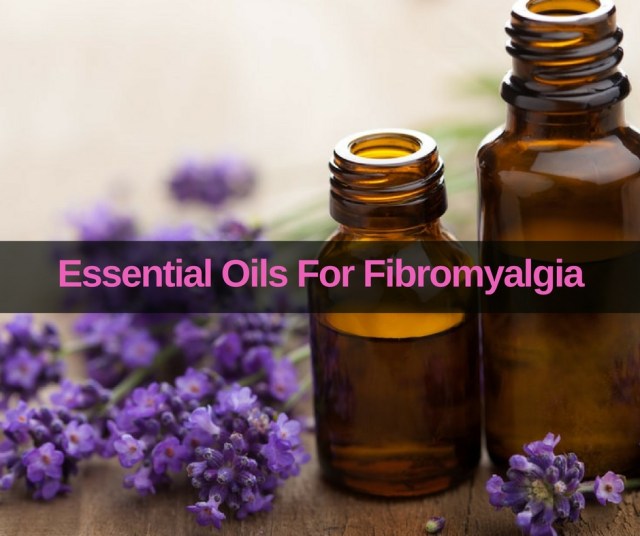Naltrexone is a medication that is used to help former narcotics, those who stopped using narcotics to remain drug-free. Naltrexone is also used by people addicted to alcohol to stay alcohol-free.
Naltrexone is not a cure for addiction nor is the medication, although it is used to suppress addiction. It helps in blocking the effects of narcotics, especially the characteristic of high, people get after drinking alcohol or narcotics.
The symptoms do remove due to naltrexone in the people who physically dependent on narcotics. When people no longer depend on narcotics or alcohol, they start taking naltrexone.
This medication helps in stopping people during narcotics or drinking a lot of alcohol. Naltrexone has always been used for the addiction treatment recovery program. It is not used in other treatments.
Recently, some studies have shown that naltrexone is useful in fibromyalgia treatment. It has some benefits for fibromyalgia patients. In fact, studies might say that it helps to ease fibromyalgia symptoms.
The study of fibromyalgia and Naltrexone
From few past decades, the relationship of fibromyalgia and naltrexone starts gaining attention. “Naltrexone might be an effective treatment for people having fibromyalgia”, according to a research of Stanford University in 2009.
Women with fibromyalgia for over 10 years were tested in the study. Throughout the study, these women took a low dosage of naltrexone. The first week was spent on checking the severity of symptoms that came with fibromyalgia. There was a record of daily data. They also took women for a laboratory test to check the beginning of fibromyalgia pain, in addition to the sensitivities they have to cold and heat. After the finishing of the first phase, women were told to take pills every day for another two weeks. They weren’t told that the pills they are taking are sample pills. After the completion of this phase, women were asked to take naltrexone pill once in a day for almost eight weeks. They didn’t take either of the pills in the last two weeks.
The women continued to record the symptoms of fibromyalgia every day. Lab tests were also taken every two weeks.
The results and effects of Naltrexone and fibromyalgia
After the completion of the Stanford study, the results came. Fortunately, most of the results revealed that the symptoms of fibromyalgia helped due to Naltrexone. There was a 2.3% drop in severe symptoms of fibromyalgia due to the sample/placebo pills taken. The comparison was done between this result and the rating taken at the beginning of the study.
Click Here to Visit the Store and find Much More….
Interestingly, there was a change in switching placebo/sample pill to naltrexone pill. Results showed that there was 30% drop in the severity of fibromyalgia symptoms. Results also showed that a greater tolerance for pain and hot temperatures were developed in the women while taking naltrexone.
6 women reported that they responded to naltrexone. The side effects reported were “mild and less”. While talking about the mild side effects, 2 women said that they have seen increased vibrant dreams during the study. 1 woman reported that she suffered from insomnia and nausea in the first few nights of taking the pills.
This research gave some idea that there is an effective link between fibromyalgia and naltrexone to treat fibromyalgia. Other researchers are in progress to explore this relationship.
More evidence of a fibromyalgia-naltrexone relationship
More medical researchers are reappearing their roles in the study of this relationship. This continuous study helps other researchers and doctors to find more ways to treat fibromyalgia if people are not responding to the medications approved by FDA.
Fibromyalgia is treated by naltrexone and this medication helps to boost the endogenous endorphin function while defeating the central pro-inflammatory cytokines. In result, it helps in decreasing pain and other related symptoms.
A new study was conducted in 2013, by American College of Rheumatology that followed 25 fibromyalgia patients. 24 patients were women that diagnosed with fibromyalgia.
Throughout the three month study, a low dose of naltrexone was given every night to the patients (3 or 4 mg maximum). The results were obtained through Revised Fibromyalgia impact questionnaire (FIQR) during the third month. Any severe reaction during the whole study was also recorded.
The patients who were already taking some FDA approved medication were allowed to keep taking them. 18 out of 25 people were taking the medications. Rest of the 7 patients took naltrexone only throughout the study. 22 patients completed the entire study successfully. 2 people didn’t continue the study after they find that naltrexone is ineffective for the treatment. 1 person dropped out after he found diarrhea as a symptom.
Rest of the people resulted in an increase of 19.5% average in their FIQR scores. A stronger response to 41% improvement was shown by half of the people on average. A reduction in pain, sleep issues and anxiety was also reported during the study.
The effectiveness of Naltrexone in treating fibromyalgia
According to the results, it appears to have a strong evidence of naltrexone and fibromyalgia relationship. It is easy for the people to take naltrexone and it is inexpensive. A positive future is shown for naltrexone in effectively treating fibromyalgia somehow. As you know nothing is perfect.
Until the actual evidence by researchers and doctors that naltrexone helps in treating symptoms of fibromyalgia, they can’t just start taking naltrexone as a suitable candidate for FDA approval.
The above-mentioned studies have shown the possibilities what naltrexone can do to people having fibromyalgia. There is a need to provide strong evidence of naltrexone work in the context of undermining common addiction mechanisms raised by the brain, by researchers and doctors to prove that this is an effective medication to treat fibromyalgia.
So it should be seen by doctors and researchers that how the brain influences fibromyalgia and then discover the naltrexone treatment.


